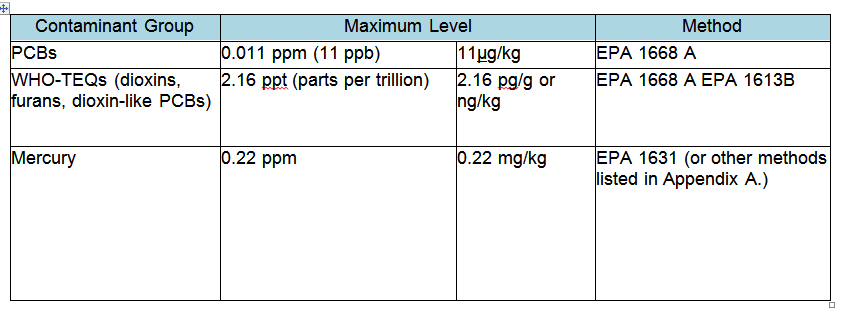Palom Is Organic Aquaculture

Organic aquaculture is no longer a pipe dream. Palom Aquaculture will grow organic salmon using RAS and the cold clean waters of Maine. Though the legal definition in the USA is in question, the underlying requirements are met by organic definitions around the world and Whole Foods.
Organic Key Metrics:
- No genetically modified or cloned animals
- No methyl testosterone permitted on trout broodstock
- Grow-out fish must be hatchery- raised
- No antibiotics on grow-out fish permitted
- No growth hormones permitted
- No Methyl testosterone permitted on grow-out fish
- No in-feed veterinary medicines, including parasiticide treatments such as emamectin benzoate, permitted
- Use of malachite green, crystal violet, and Tributyltin compounds (TBT) at any stage of egg, smolt, or fish production prohibited.
- No parasiticide treatments allowed
- No antibiotics, parasiticides, hormones or slaughterhouse products from avian or mammalian species permitted in feed.
- Annual reporting on progress toward meeting Maximum Fish In, Fish Out ratios
- No synthetic pigment sources allowed in feed
- Annual testing for assessing progress toward meeting maximumcontaminant levels:
- PCBs: 0.011 ppm (11 ppb or 11μg/kg)
- WHO-TEQs (dioxins, furans, dioxin-like PCBs): 2.16 ppt (parts per trillion) or 2.16 pg/g or ng/kg
- Mercury: 0.22 ppm or 0.22 mg/kg
- No nets/cages treated with copper- based antifoulants or other toxic antifoulants
- Calculation of total nitrogen and total phosphorus inputs
- Effluent monitoring and calculation of loads
- Salinization of surrounding areas prevented
- Legal approval for aquaculture production at farm site required
- No conversion of ecologically sensitive areas (e.g. wetlands, mangroves) into new farms or sites, or for expanding current farms, permitted
- Restoration of at least a hectare of new habitat for each hectare of wetland or mangrove forest previously converted to ponds (i.e. a 1:1 ratio)
- For net pens/net cages: Detailed Containment Management System specifying all protocols for preventing escapes
- Exclusion of wildlife predators or other non-lethal methods must be the first level of defense
- No Acoustic Harassment Devices permitted
- Tracking system to ensure the identity and history of all fish sold to Whole Foods Market from farm to market required.
Organic Aquaculture Does Not Use Drugs or Chemicals
- Prohibited preservatives include, but are not limited to, sodium bisulfite, sodium tri-polyphosphate (STP), and sodium metabisulfite.
- This includes larvae, post-larvae, fry, smolts, fingerlings and grow-out stock.
- Fish exhibiting symptoms associated with disease must receive veterinary attention, and if diagnosed with disease, must be treated as
- appropriate. If fish require treatment with medications prohibited by Whole Foods Market (e.g. antibiotics), the pen / tank / pond / raceway must be marked for identification and fish from that system cannot be sold to Whole Foods Market.
Organic RAS Aquaculture Does Not Allow Growth Hormones on Grow-out Fish
- Methyl testosterone on grow-out fish for sex reversal
- Use of malachite green, crystal violet, and Tributyltin compounds (TBT) at any stage of egg, smolt, or fish production
- In-feed veterinary medicines, including parasiticide treatments such as emamectin benzoate.
Organophosphates
